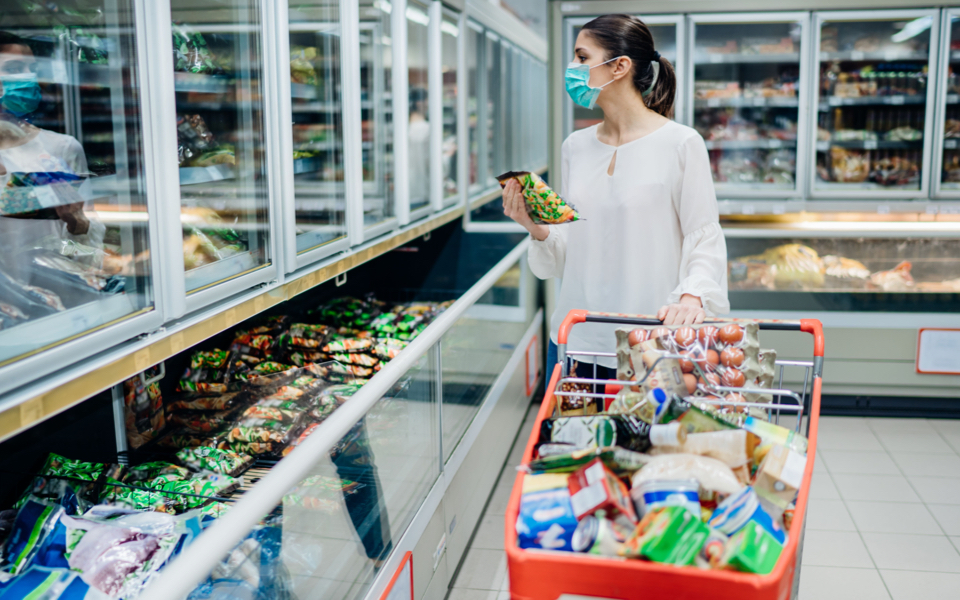Pandemic habits here to stay

The coronavirus restrictions have left their mark on consumers in activities such as visits to grocery stores, according to a new report by the Research Institute of Retail Consumer Goods (IELKA) published on Wednesday.
The average number of weekly visits to food stores dropped from 13.6 in December 2019 to just 8.2 in August 2020 – i.e. a reduction of 40%. That is still 35% higher than in April, in the midst of the quarantine period, when the average number of weekly visits came to 6.1.
The biggest decline in percentage terms was recored at fishmongers and open-air markets, amounting to 63% and 60% respectively from December 2019 to last month. The smallest drops – though not insignificant – were reported at bakeries (22%), fruit markets (32%) and supermarkets (35%).
Figures show a clear recovery in food store visits after the end of the lockdown, though numbers remain considerably lower than before the outbreak of the pandemic. Notably, a respectable share of consumers, about 5%, now shop remotely, mainly using the internet, which obviously reduces visits to brick-and-mortar stores.
There has also been a shift in the criteria for food selection: Last December the survey found that the top criteria were quality (37%) and then price (31%); in April this changed to hygiene and security (31%) and time and convenience (23%). A further shift had taken place by August, when price became the top decider (28%), followed by quality (25%), which remained well below its pre-pandemic rate. Hygiene and safety as well as time and convenience, the criteria that stood out during the lockdown, have retained a higher level compared to the past.
A significant share of consumers has kept up the behaviors it adopted during the spring lockdown, either due to the continuing pandemic or because those people are satisfied with these conditions.
There has been an increase in home cooking and production, with food made at home rising 31% and coffee prepared at home increasing 25%. There was also an increase in making pastries, snacks and bread at home.
Nevertheless there was a decline in food service, with restaurant and taverna visits falling 38% and deliveries dropping 19%.





